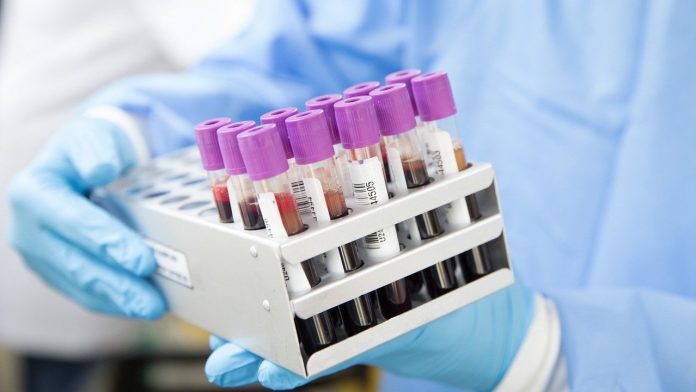
Liver enzymes are commonly used in the evaluation of patients with a range of diseases. Classically they are used to give information on whether a patient’s primary disorder is hepatitic or cholestatic in origin. However, knowledge of enzyme ratios and pattern recognition allow much more information to be derived from these simple tests.Liver Function Tests (LFTs) are one of the most commonly-requested screening blood tests.
Liver function tests, also referred to as a hepatic panel, are groups of blood tests that provide information about the state of a patient’s liver.
These tests include prothrombin time, activated Partial Thromboplastin Time, albumin, bilirubin, and others.
Whether for the investigation of suspected liver disease, monitoring of disease activity, or simply as ‘routine’ blood analysis, these tests can provide a host of information on a range of disease processes.
The title ‘liver function tests’ is, however, somewhat of a misnomer; only the bilirubin and albumin given in this panel offer information regarding the functional capacity of the liver.
At a basic level the evaluation of liver enzymes simply gives information as to whether a patient’s primary disorder is hepatitic or cholestatic in origin.
However, much more may be interpreted from these assays with knowledge of enzyme ratios and pattern recognition.
Most liver diseases cause only mild symptoms initially, but these diseases must be detected early. Hepatic (liver) involvement in some diseases can be of crucial importance.
This testing is performed on a patient’s blood sample. Some tests are associated with functionality (e.g., albumin), some with cellular integrity (e.g., transaminase), and some with conditions linked to the biliary tract (gamma-glutamyl transferase and alkaline phosphatase).
Because some of these tests do not measure function, it is more accurate to call these liver chemistries or liver tests rather than liver function tests.
Several biochemical tests are useful in the evaluation and management of patients with hepatic dysfunction.
These tests can be used to detect the presence of liver disease, distinguish among different types of liver disorders, gauge the extent of known liver damage, and monitor the response to treatment.
Some or all of these measurements are also carried out (usually about twice a year for routine cases) on those individuals taking certain medications, such as anticonvulsants, to ensure that the medications are not adversely impacting the person’s liver.
For information about liver health and tests, please check this video:
If you care about medical test, please read studies that simple eye test could help detect Parkinson’s disease early, and blood tests can detect severe COVID-19 early.
For more information about health, please see recent studies about a blood test for depression, bipolar disorder, and results showing this test can quickly identify COVID-19 infection and severity.



